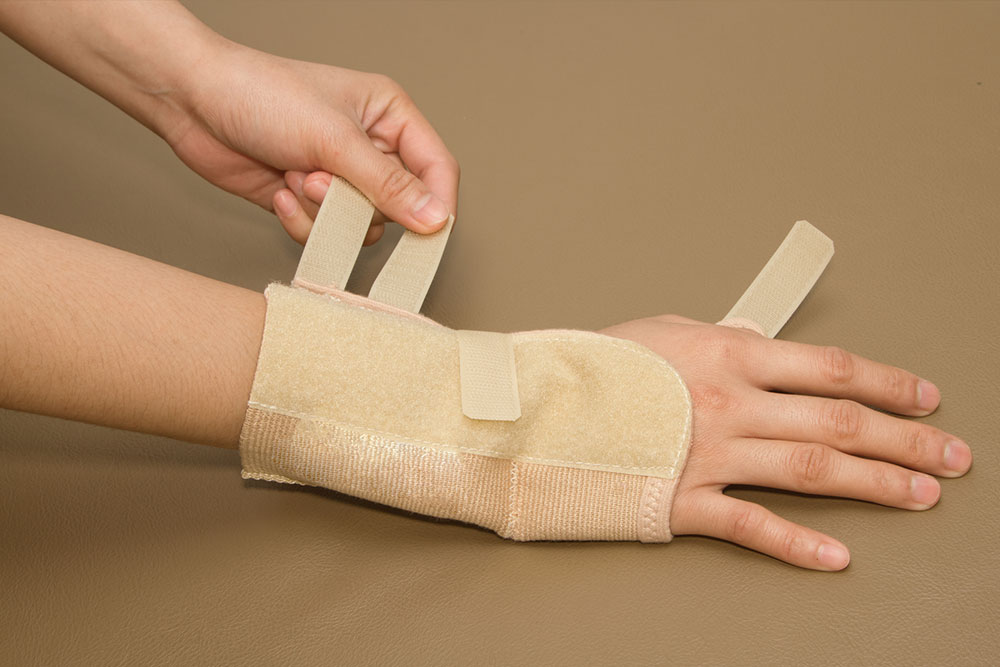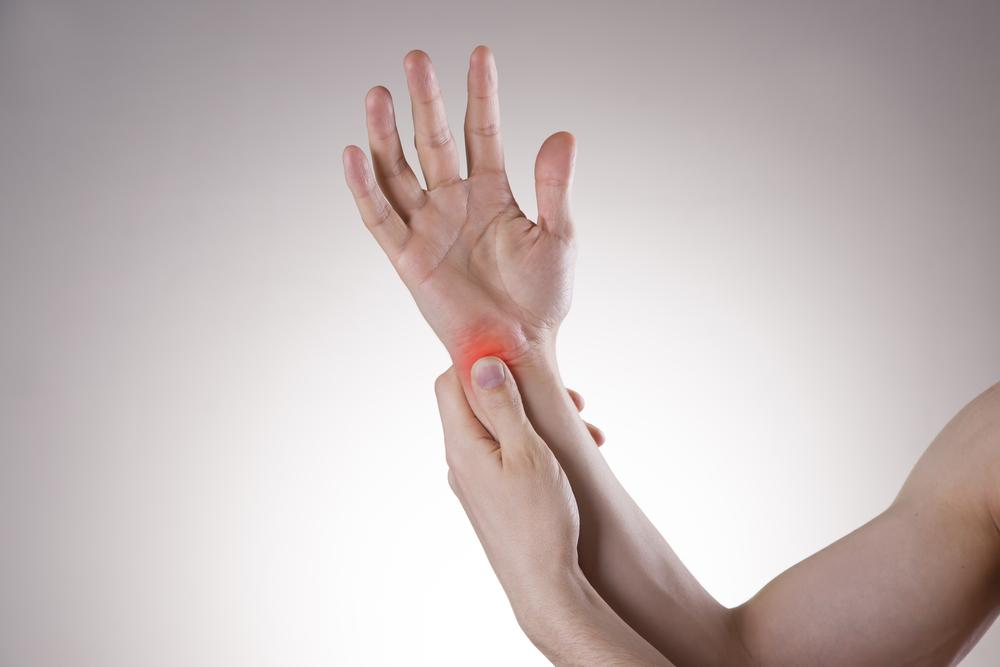Guide to Wrist Supports: Types, Uses, and Benefits
This comprehensive guide explores various wrist support types, their uses, and benefits. Discover how different supports can aid in injury recovery, reduce pain, and prevent further damage. Learn about proper selection and where to find suitable options, along with professional recommendations for optimal wrist health.

Guide to Wrist Supports: Types, Uses, and Benefits
This article explains different types of wrist supports, their benefits, and how they can assist in injury recovery and pain management.
What Are Wrist Supports?
Wrist supports are protective devices designed to shield and stabilize the wrist, aiding in injury recovery and pain relief. They promote joint stability, facilitate healing, and prevent further damage. These supports are commonly used in therapy and rehabilitation settings to manage wrist issues.
How Do Wrist Supports Help?
When the wrist is bent during sleep or repeated in activities like typing or manual work, nerve pressure can increase, worsening discomfort. Wrist supports maintain a neutral wrist position, reducing nerve stress. Research indicates that supports can significantly lessen symptoms associated with carpal tunnel syndrome during day and night use. Choosing the right support helps prevent additional injury and accelerates healing.
Where to Purchase Wrist Supports?
Wrist supports can be found at most medical supply stores. For customized fits, consulting an occupational therapist is recommended to ensure proper sizing. It's important the support fits securely but not too tight, as excessive compression can cause discomfort.
Types of Wrist Supports
Arthritis Gloves: These gloves provide light heat and compression to ease wrist pain and inflammation related to arthritis. They improve circulation and flexibility.
Wrist Wraps: Featuring adjustable support with openings for the thumb, wrist wraps are ideal for sports, manual labor, or prolonged computer use, offering stability and support.
Compression Braces: These braces apply targeted pressure to reduce swelling and support the wrist. Correct pressure is vital to avoid aggravating the condition.
Splints: Used to immobilize and restrict wrist movement, splints help decrease strain and ease arthritis symptoms.
Always seek advice from a healthcare professional before selecting a wrist support. They can recommend the most suitable type based on individual needs to ensure effective relief and recovery.


